How to Create the Best Itinerary~
Spain receives many travelers each year. This is the UK’s favorite vacation destination so if you are planning to travel in summer, keep in mind there may be crowds. We do not want to disway you, but encourage you to add smaller villages and other experiences if you are limited to travel only in summer. If you can come to Spain in spring or fall, that is the best weather with fewer crowds. Spain is so vast, that it is important to consider the mode of transportation and time frame, along with the top choices for your itinerary.
Each region has its own personality. Knowing Spain’s history helps you understand the uniqueness of places like Catalunya, Basque Country, Andalucia, etc. There is so much to discover in this amazing country. The people, the food, customs, and traditions will add so much to your trip.
As mentioned in our Travel Guide and on our website, James Blick’s Youtube videos, Spain Revealed are some of the most helpful ways to begin planning. When we traveled to Spain the first time, we could not get enough of these videos. James also has a helpful newsletter, highlighting so much of this wonderful country. We learned about local food and drink and how to eat like a local. Another duo on Youtube, Vaga Brothers caught our attention. These brothers travel all over the world and share their experiences. They lived in Basque Country for a few years and their passion for Spain shows. To add to your inspiration check out these great podcasts. You may be presented with a location you had not thought of (When in Spain Podcast by Paul Burge, and Amateur Traveler Podcast with Chris Christensen). Our travel blog, Altered by Adventure is another place to find inspiration and a place you can link to many talented videographers, bloggers, and podcasters.
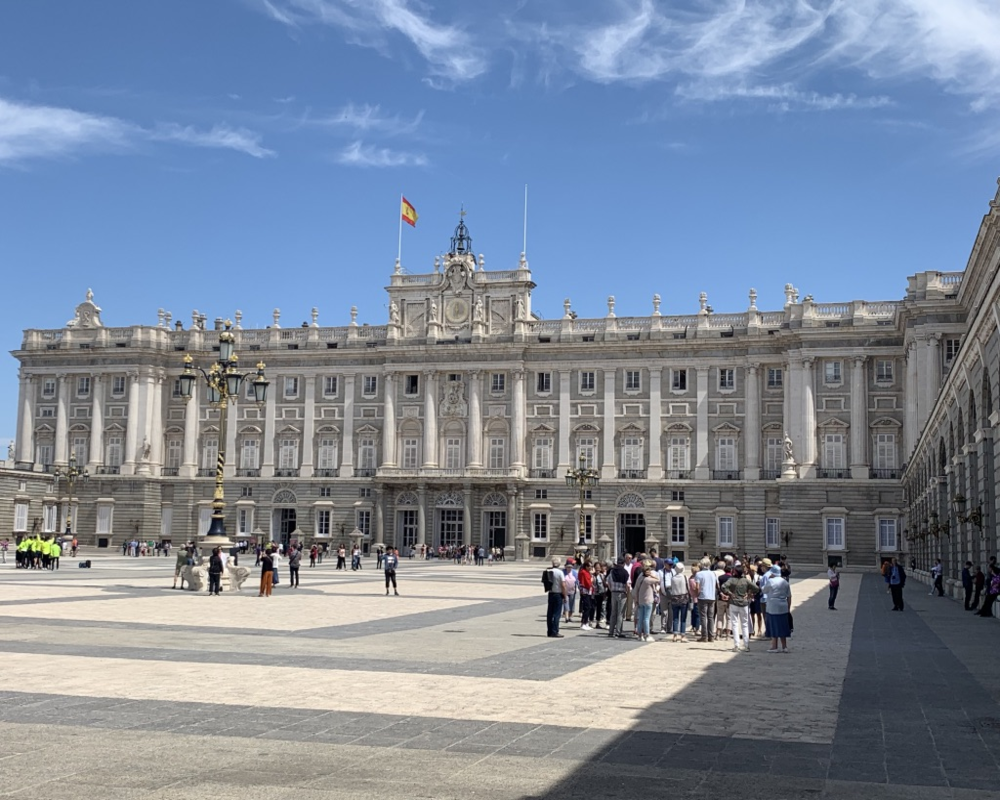 Royal Palace ~ Madrid
Royal Palace ~ Madrid
Our Favorite Places~
A great thing about a trip to Spain is that there really is something for everyone. With miles of beaches and amazing mountain ranges like the Pyrenees, it is easy to plan so many experiences in one trip The regions and towns offer something different throughout so be sure to look deeper into these areas to get the best out of it. Some of the most famous attractions, like Sagrada de Familia in Barcelona or Alhambra in Andalusia and the Prado Museum in Madrid are only to name a few. When looking at each city and town, consider the sites you might want to see and consider purchasing ahead online. I also like personal guides that can give you history and a different perspective. It is good to look into local guides and besides this site, they can be found on Airbnb experiences, Tripadvisor, GetYourGuide, etc.
Learn more about Madrid, Barcelona, Basque Country, Andalucia, and Seville on our site, Altered by Adventure. Each page opens with an inspirational video and highlights of the best things to see and do.
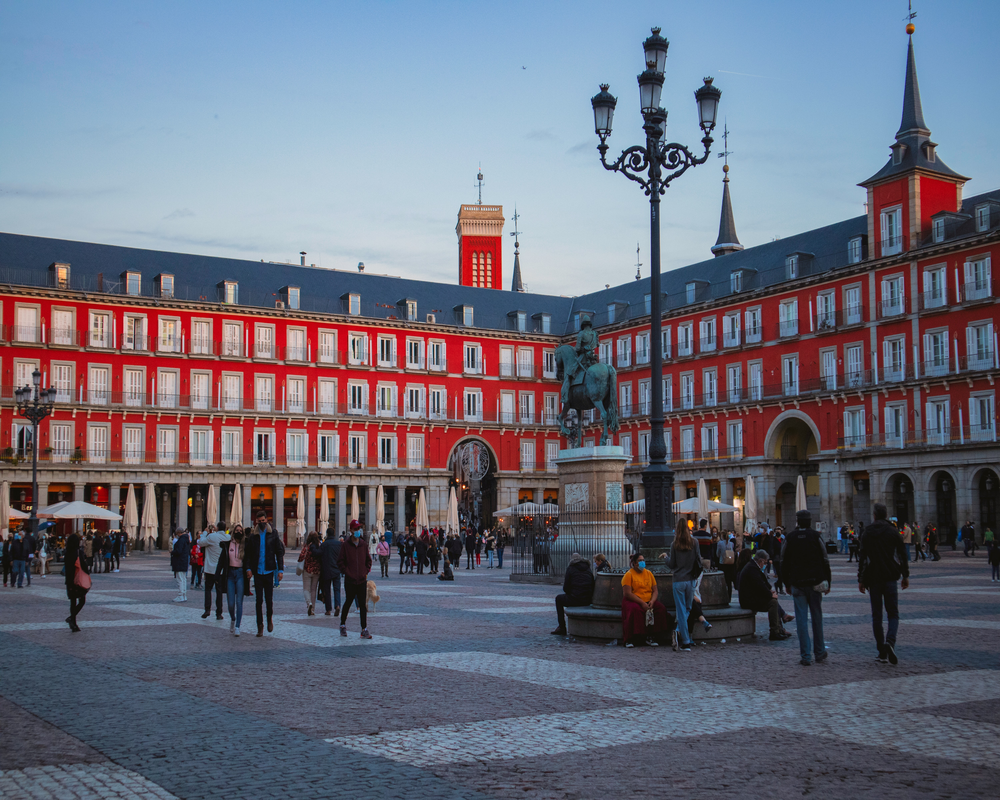 Plaza Mayor ~ Madrid
Plaza Mayor ~ Madrid
Planning Your Itinerary~
Once you figure out the best city to fly into and out of, you can begin to put together your itinerary. We provide suggestions with alternative routes to help you find the best way to see this magnificent country. The following suggestions create a 7-10 day itinerary.
**Click on the cities below for more inspiration.
Barcelona (2-3 days)~
Barcelona is a rich town with influences from a major artist of the last century, Antoni Gaudi. One of the most prominent landmarks in this town is Sagrada Familia, the longest period a church has been under construction. Gaudi’s Park Guell, near Sagrada is a masterpiece. Barcelona is part of the region of Catalunya which has an identity that is different from other parts of Spain. They speak their own language and have many of their own customs.
The Gothic Quarter is another unique area with influences from Roman Occupation and the Spanish Civil War. The winding streets are something to be seen. Near the center of town is a wonderful street filled with shops called Las Ramblas. It is also a place where many pick pockets hang out, so keep your valuables close. Nearby is one of the best markets in Spain, la Boqueria. This is a great way to pick up some local food and grab a snack while shopping. We also suggest spending time at the beach which is very close to the city. There are great restaurants on the beach and a great way to spend a relaxing day. We also suggest you consider looking for a hotel on the beach. We found an AC Marriott with wonderful views from a rooftop pool and steps from the beach.
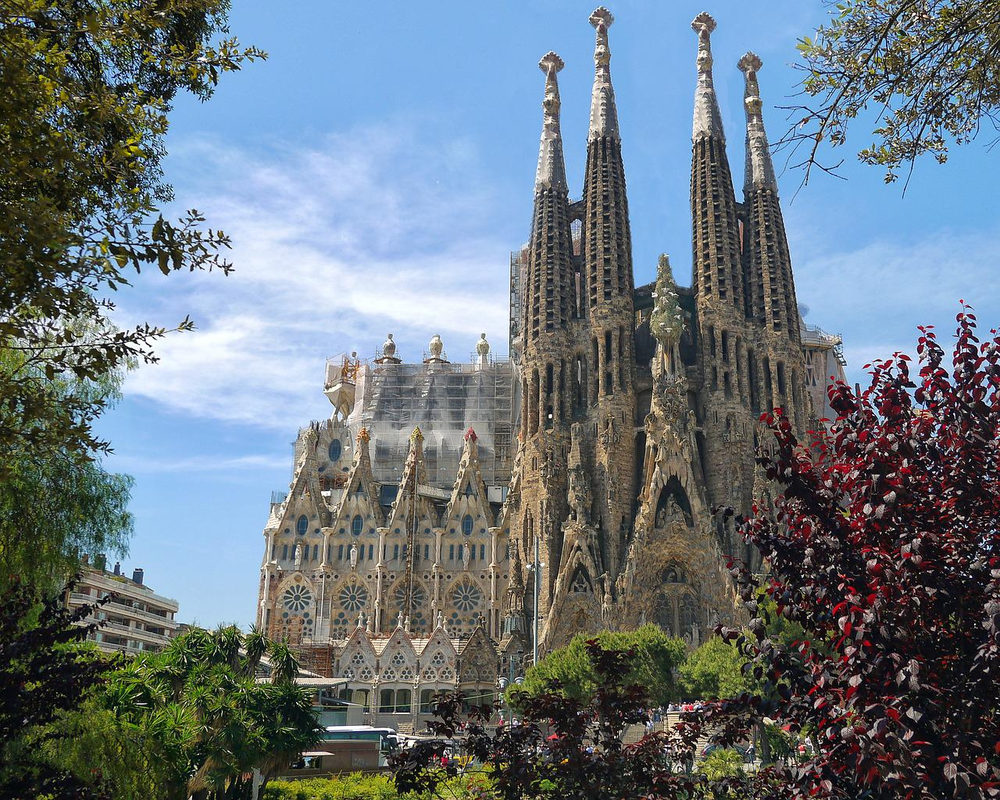 Sagrada Familia ~ Barcelona
Sagrada Familia ~ Barcelona
Madrid (2-3 days)
Madrid is a place with incredible layers of culture, history, shopping, food & drink. We suggest at least 2 days to explore this marvelous city. Madrid is. a very walkable city and many of the sites are free or affordable. The most popular landmarks include the Plaza Mayor (a colorful plaza in the center of the city), the Royal Palace of Madrid; the Royal Theatre with its restored 1850 Opera House; the Buen Retiro Park (where you can rent a row boat). Among the many museums, there are three must-see art museums: Prado Museum, the Reina Sofía Museum, a museum of modern art, and the Thyssen-Bornemisza Museum.
There are many places in Madrid for an amazing view of the city. On Gran Via, the classic main road through Madrid, there are many hotels with stunning rooftops. Two of our favorites are Hotel Riu Plaza Espana and Hyatt Centric Gran Via,‘El Jardín de Diana’ For an incredible view overlooking the majestic palace, visit Terraza de Sabatini. At any of these locations, grab a cocktail and watch the sunset. It is an affordable way to experience the city.
 Photo courtesy of Terraza de Sabatini
Photo courtesy of Terraza de Sabatini
The culture of tapas is alive and well in this city. Just venture down the streets and visit these quaint taverns for small plates. The wine, beer, and sparkling wine, Cava is. a great accompaniment. And no trip to Madrid is complete without a visit to Chocolate San Gines, for the best churros in town. Also, don’t miss the shopping on Gran Via and the authentic stores with leather goods and custom shoes.
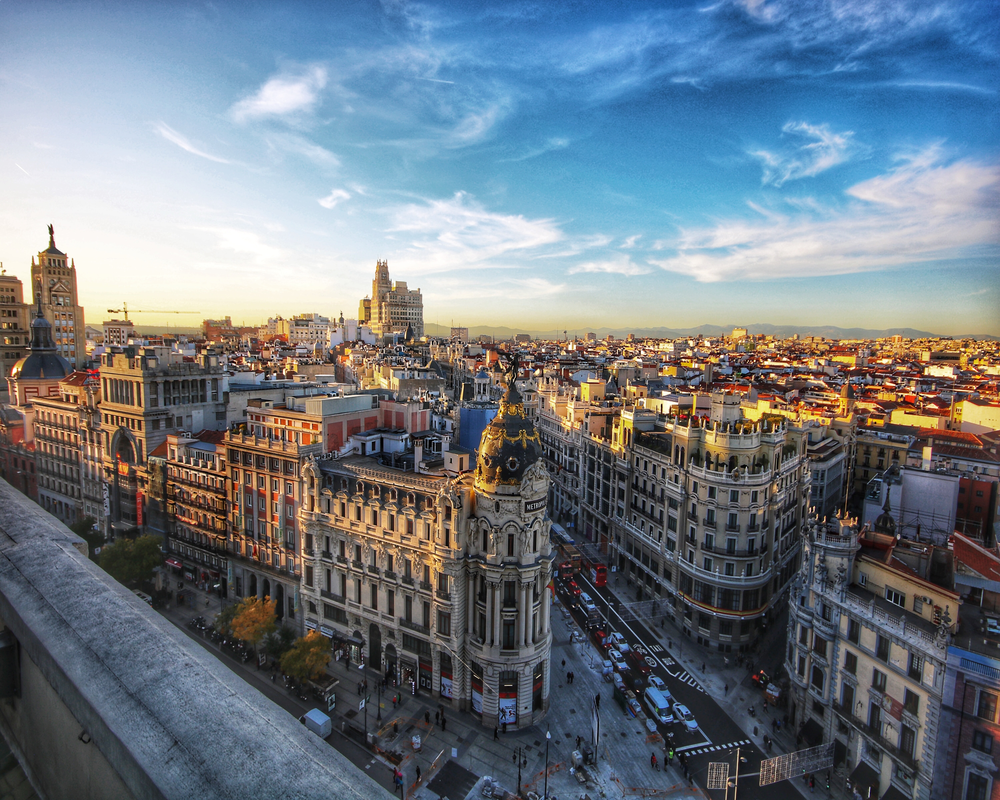 Gran Via ~ Madrid
Gran Via ~ Madrid
Andalucia (2-3 days)
Andalusia is located in the south of the Iberian peninsula, in southwestern Europe. Andalusia is the only European region with both Mediterranean and Atlantic coastlines. The small British territory of Gibraltar shares a (3⁄4 mi) land border with the. Some of the more popular towns in Andalucia are Granada, Cordoba, Malaga, Ronda, and Seville.
The Moorish architectural influences can be seen in the spectacular Alhambra in Granada, Mesquita in Cordoba and the Royal Alcazar Palace in Seville. Customs and traditions are very much a part of this area, with a Catholic influence founded after the Moors. The food, music, and dance are all influenced by its past. There are many traditional festivals and holy days celebrated in this region. If you are lucky enough to participate, you will get a deeper understanding of their passion and commitment. Andalucia is one of the world’s leading producers of Olive Oil. The taverns serve incredible tapas and if you are lucky, host flamenco.
The Flamenco dance originated in Andalucia. It is the culmination of a musical style from gypsies that inhabited southern Spain. The Spanish guitar also plays a major role in this performance. The rich history begs a traveler to come and learn more. A great mini-documentary on the Flamenco can be found here. Brandon Li, does an amazing job bringing it to life through film.
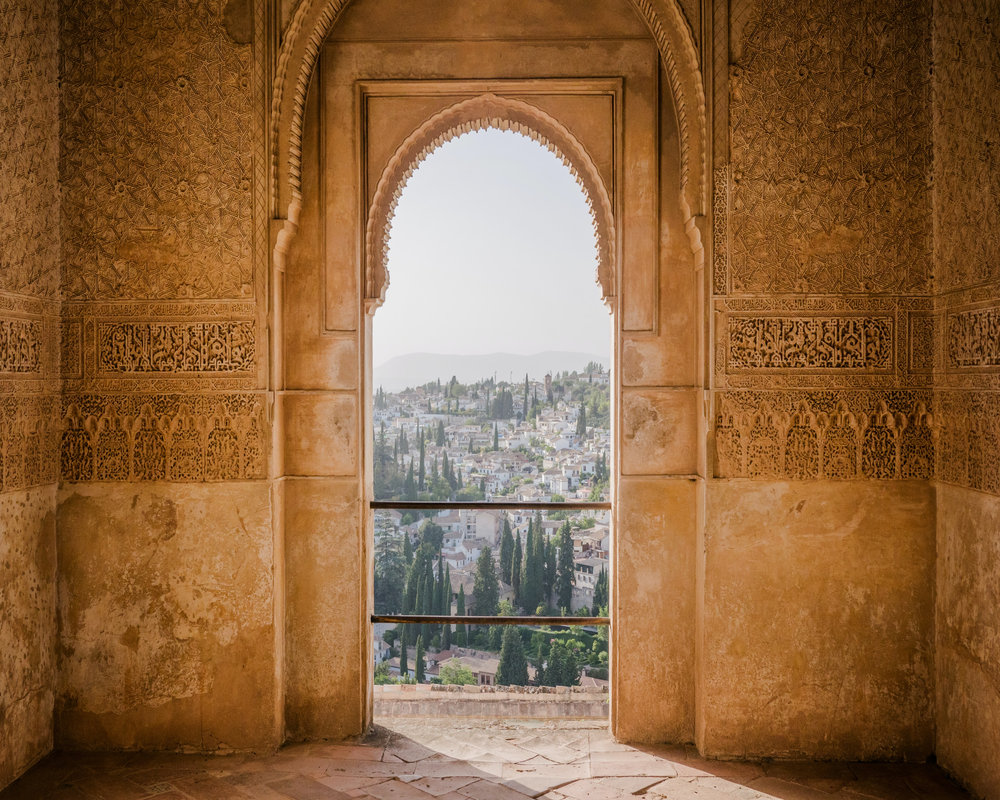 Alhambra, Granada in Andalucia
Alhambra, Granada in Andalucia
Seville (2 days)~
Seville is the capital and largest city in the region of Andalusia. Seville has a rich and extensive history. Seville is situated on the River Guadalquivir, in the southwest of the Iberian Peninsula. Its old town contains three UNESCO World Heritage Sites: the Alcázar palace complex, the Cathedral and the General Archive of the Indies.
The St. Mary of the See Cathedral was built from 1401 to 1519 after the Reconquista on the former site of the city’s mosque. It is the third largest cathedral in the world. The interior decorated, with a large lavish gold fixtures. La Giralda is a tower attached to the Cathedral that dates back to the twelfth century. Visitors can climb the tower by walking up a series of ramps that were previously used by officials who rode their horses to the top of the tower. The Alcázar was developed from a previous Moorish Palace. Enhancements were continually added to the palace for over 500 years, the Christians used the influences of moorish architecture called Mudéjar style which is incredibly ornate. The series Game of Thrones has shot many scenes at this location.
Besides the exquisite architecture, the culture & food are worth noting. The tapas are incredible and, of course, if you can catch Flamenco in one of the taverns, you will have a rich experience. They do start the local performances past 10pm, so plan for a long night!
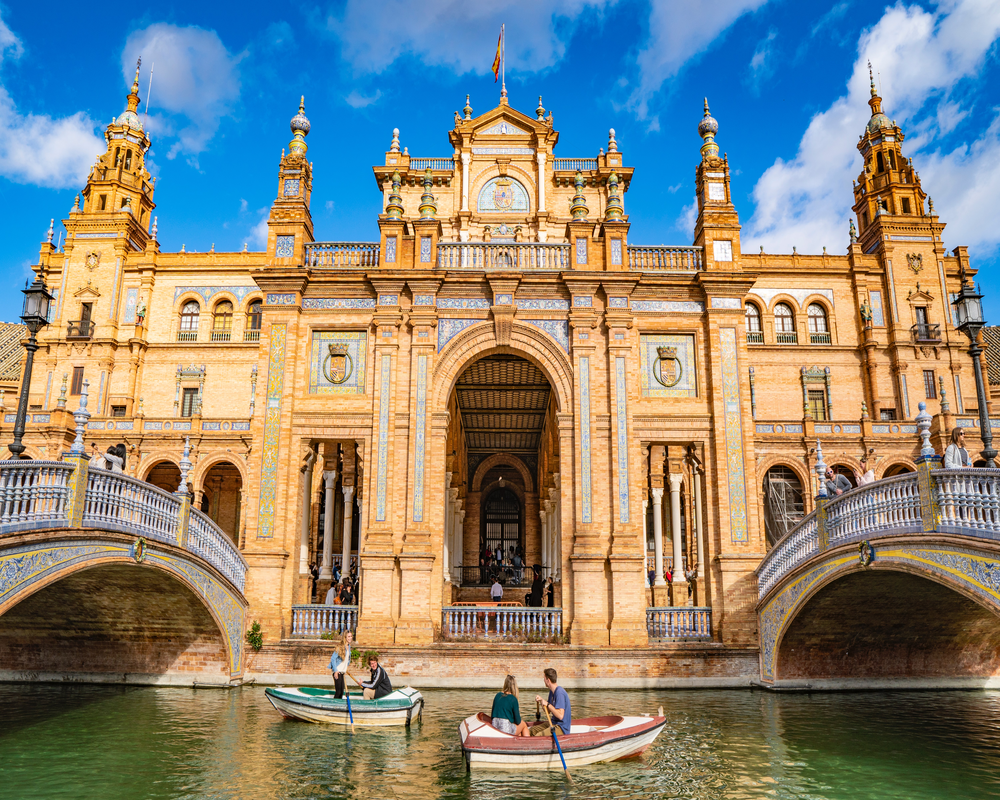 You can rent a rowboat on Plaza Espana, Seville
You can rent a rowboat on Plaza Espana, Seville
Other Destinations to Consider~
You can extend your trip with the following destinations to make a 14 day itinerary. Spain has so much to offer by going north, east to the coastline or spending more time in the south. We also suggest Portugal which is easy to do if you have the extra time.
Add Valencia~
Valencia has incredible history, founded by the Romans in 138 BC. It like many areas of southern Spain fell under Moorish rule until the 8th century. Its location as a port made it very valuable. Today, many local landmarks have been restored, including the ancient Towers of the medieval city and the Sant Miquel del Reis monastery, which now holds a conservation library. Whole sections of the old city have been extensively renovated. The Passeig Marítim, a 2 mile long palm tree-lined promenade was constructed along the beaches of the north side of the port.
An incredible modern building is the Valencia Science museum, surrounded by 13,500 square meters of water with a unique futuristic shape The city also is an international hub of highly active and diverse nightlife with bars, and nightclubs staying open well past midnight. Valencia is well known for Paella, a rice and fish dish that is made in a large pan over an open flame.
An option could be to travel from Seville or another location in Andalucia to Valencia, then Back to Barcelona.
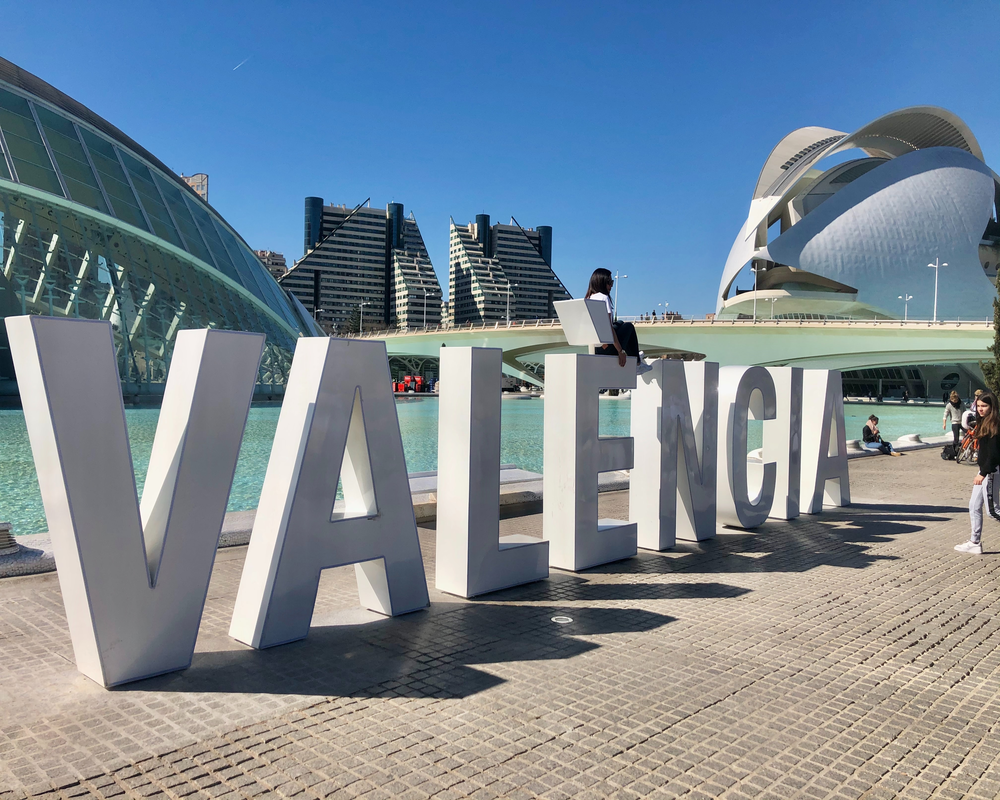 Valencia Center of Science
Valencia Center of Science
Add Basque Country~
Travel from Madrid then back to Madrid or over to Barcelona. You can also visit this area from southern France. It is easy to do by train.
One of the best kept secrets (at least for Americans) is Basque Country which lies on the northern coast of Spain. It is located in the western Pyrenees, straddling the border between France and Spain on the coast of the Bay of Biscay. Those from the UK call this region a second home as many visit every year. You may recognize San Sebastian or Bilbao as major cities in the region.
They offer Pinxtos as their version of tapas and are well known for their wine production. In Spain, wines are categorized by the area they come from. You may be familiar with Rioja, for example as the wine comes from that region in the north. To learn more about this relatively unknown but rich and welcoming area of Spain, follow
Basque is one of the oldest civilizations in the world. They even speak a different language than Spanish (although most from the region can speak both languages). They tried to separate in the early 30s and were put down by the dictator Francisco Franco. They do consider themselves autonomous but they are still part of Spain and rely on the rest of the country as they make some of the best wine in the country. The climate is milder than the rest of Spain.
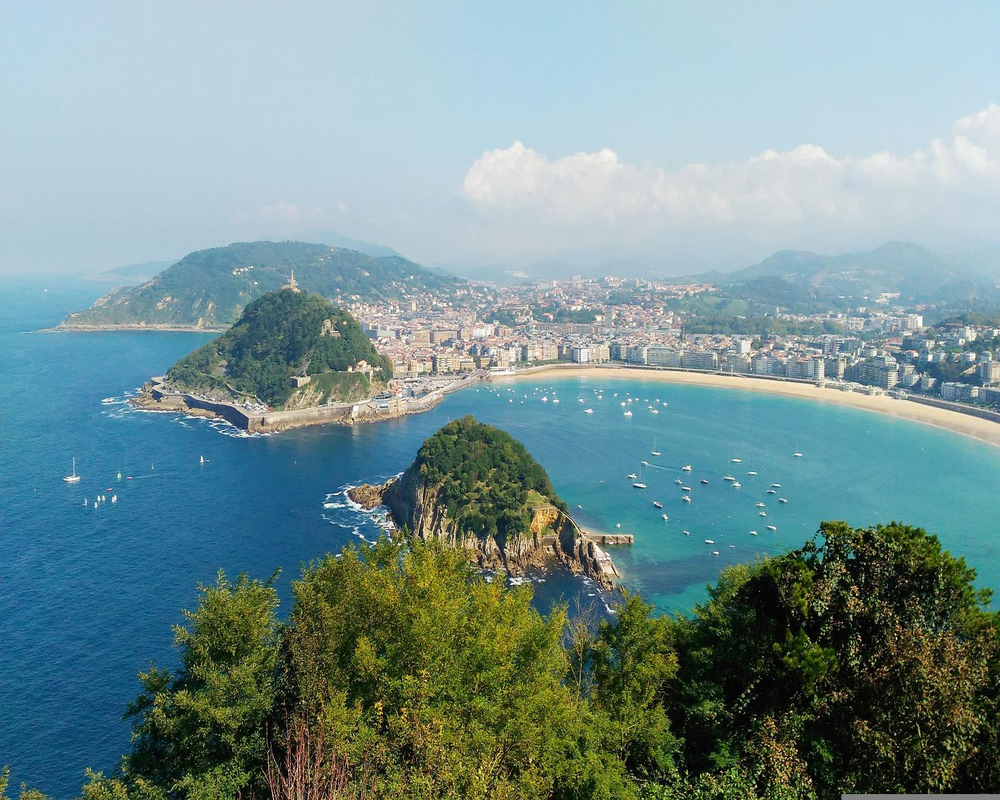 San Sebastian, Basque~ Bay of Biscay
San Sebastian, Basque~ Bay of Biscay
Add Portugal (Algarve, Lisbon)~
Since Portugal borders Spain, it would be ideal to create an itinerary including Portugal. One idea would be to travel from Seville to Algarve, then north to Lisbon and fly out of Lisbon. It can be challenging to rent a car in one country and drop off in another. The fees are out of sight. There is an affordable bus that will get you to Faro in less than 3 hours.
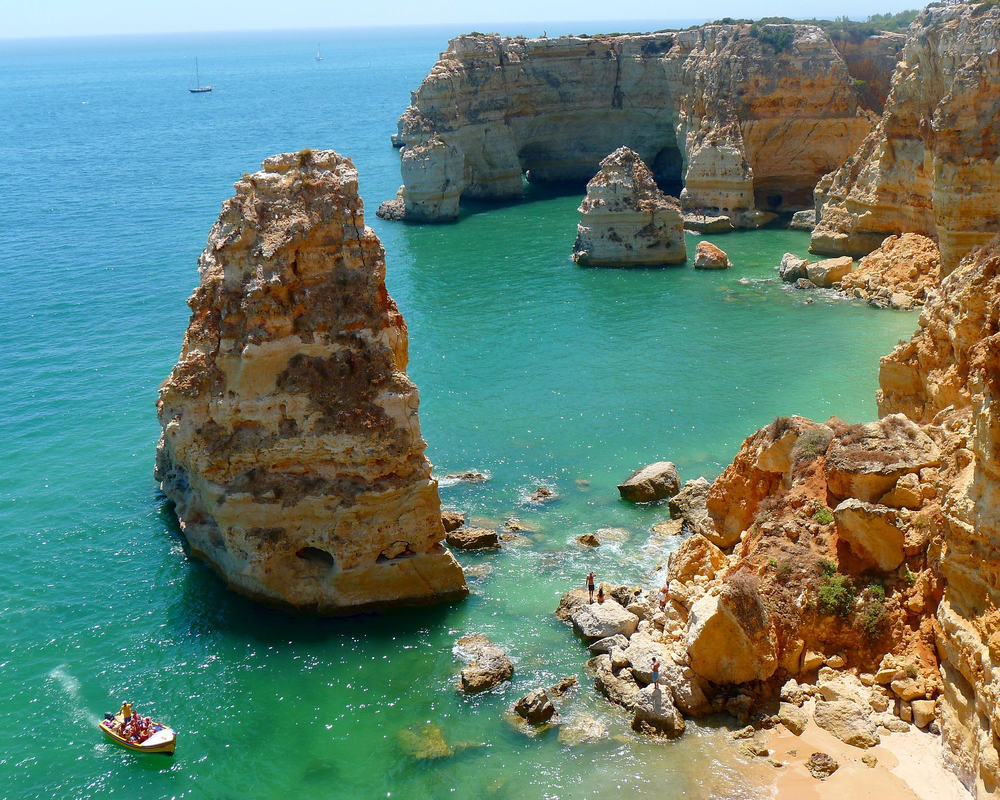 Algarve, Portugal
Algarve, Portugal

